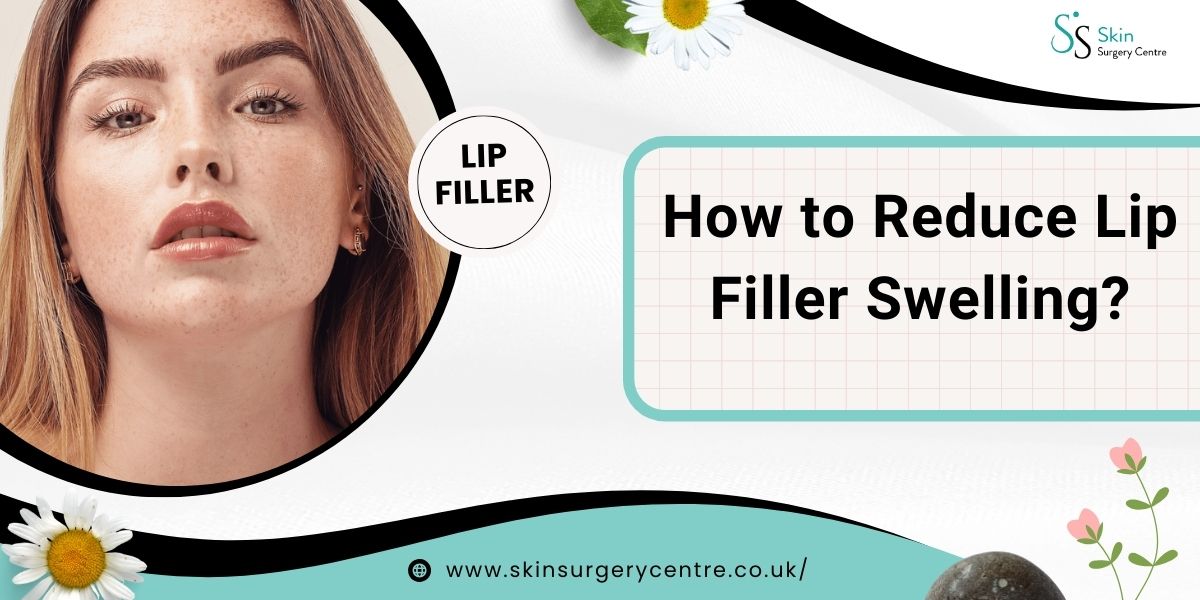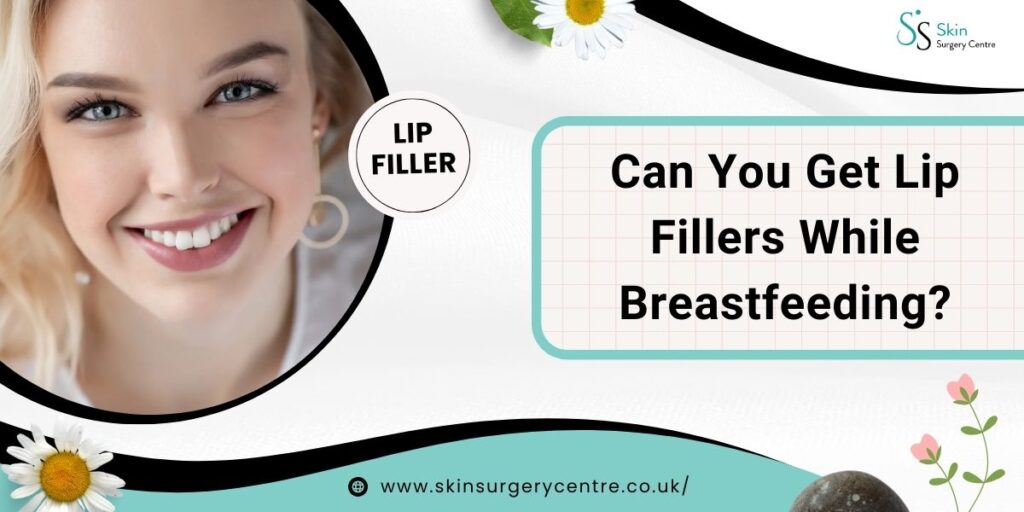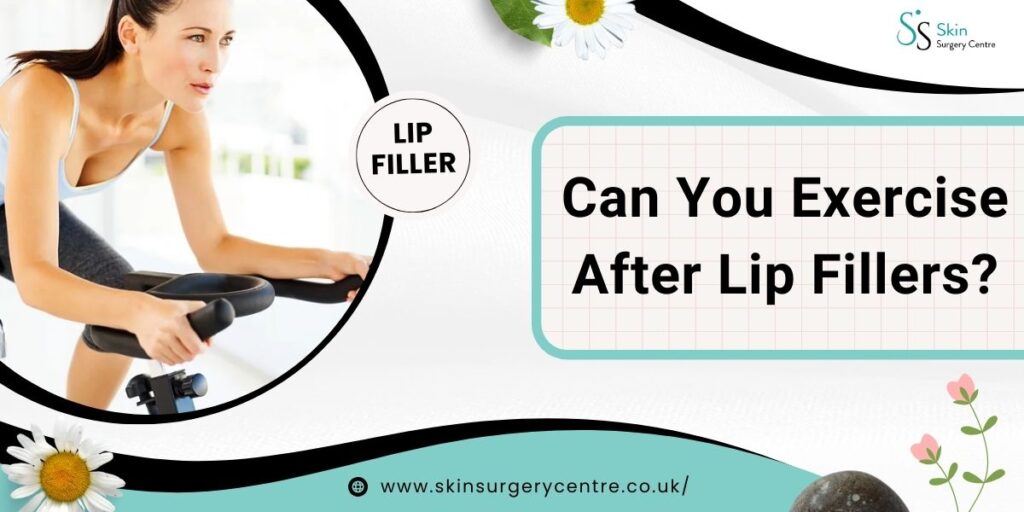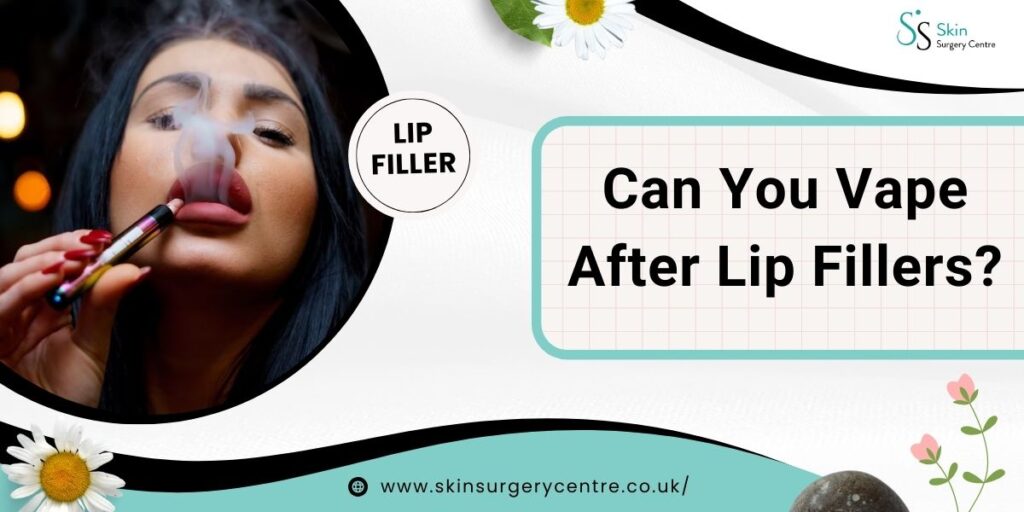Can You Get Lip Fillers While Breastfeeding? UK Expert Answers
Many new mums wonder: Can you get lip fillers while breastfeeding? It’s a common question in UK clinics, and this...

How to Reduce Lip Filler Swelling? Swelling after lip fillers is completely normal — over 90% of patients notice puffiness within 48 hours (Aesthetic Surgery Journal, 2021). In the UK, 65% of patients report swelling peaking on Day 2.
Though not dangerous, this side effect can be bothersome and facial filler patients often find themselves looking for guidance on how to accelerate the recovery process.
This article will help you know the reasons behind swelling, its stages, and the best practices recommended by specialists to treat it effectively whether you’ve used lip fillers in the past or are considering it for the future.
Swelling is part of your body’s natural healing response. While every patient is unique, studies show 65% of UK patients report swelling peaking on Day 2. Here are the primary causes of swelling post fillers:
Fillers are not magic; the needle used to inject fillers does traumatise the soft tissues around the lips. As a response, the body rushes white blood cells to the area, and in some cases, it can result in swelling.
The smaller blood vessels that make up your lips can get hurt when the filler is injected, which leads to some swelling, and if you are particularly unlucky, some bruising too.
Water retention through hyaluronic acid, which is one of the primary components of lip fillers, is also a factor. This hydrating property can cause temporary fluid retention which contributes to swelling.
An allergic reaction to the filler or to other components of the procedure is not common; however, it may cause swelling, redness, or itching. Discuss any known allergies or previous reactions with your GMC/NMC-registered practitioner prior to the procedure for safe aftercare.
Lip filler swelling usually follows certain timelines, so it is advisable to always be informed about what to expect.
Clinical Insights:
During the first 48 hours, expect your lips to look larger than planned. This is the most common swelling stage, confirmed in multiple clinical reviews. Your lips may feel stiff, disproportionate, and bigger than expected. It is advisable to have a cold compress to calm the area throughout this time.
Swelling often peaks on Day 2, which most UK patients report as the most noticeable stage. By Day 3–4, it usually begins to ease.
By the end of the week, most of the swelling slowly reduces, allowing you to achieve the desired look.
Although swelling will reduce alone, there are steps that can be taken to enhance comfort during recovery and also post the procedure.
Cold compresses remain the #1 doctor-recommended way to reduce lip filler swelling. Apply 10–15 mins at a time, never directly on skin. This relaxes the blood vessels, thus minimising swelling and pain. Remember not to allow ice to come in contact with your skin directly, as it can cause burns.
Sleeping on your back with an extra pillow under the head can help reduce swelling. It’s because of elevation that drains extra fluid from your lips and face while you sleep.
Hydration is crucial — water helps flush inflammation, while alcohol and salty food slow recovery. The NHS advises avoiding alcohol post-procedure — a step many London and Manchester clinics also emphasise in recovery guides.
In a 2020 Dermatologic Therapy study, patients using antihistamines reported faster reduction in swelling and bruising compared to those who didn’t.
Swelling can also happen due to salt and spicy food due to water being held in the body. Focus on easy-to-digest food rich in nutrition and not overly seasoned. Add abstaining from alcohol in this part.
Swelling in the lips can painfully increase due to stimulation or exercise that raises the heart rate or temperature. Bruising, hot yoga, and sauna should be avoided for a couple of days.
To keep the lips hydrated, aloe vera gel is suggested, along with a soothing cream that aids in the healing process.
Steer clear of unapproved balms or creams to avoid taking any chances of irritation.
Do not apply any unnecessary lip pressure or rubbing, as it could further irritate the injection points and extend the inflammation.
In the few days post-surgery, do not purse your lips or engage in any repetitive mouth movements to relax the muscles in your face.
Remember that numbing medications such as lidocaine that are administered during the procedure may cause swelling immediately. This is temporary and will subside in a couple of days.
If you follow these steps, then the recovery period will be more pleasant, and you will be able to appreciate your enhancements sooner.
While swelling is common after receiving a filler, there are a few symptoms that require professional assistance. Contact your GMC-registered practitioner immediately if you notice:
You should always contact your clinic if there is anything worrying rather than guess the situation.
Swelling post-surgery may be something that is difficult to avoid, but it doesn’t have to be miserable.
Knowing the reasons, timeline, and recovery methods for healing a wound is pivotal in taking control of the healing process.
For expert post-treatment care or lip filler advice, speak with our GMC-registered UK practitioners. Book your consultation today and let us guide your recovery.
Remember: Feeling great means looking great!
A: Most patients see swelling peak around Day 2 and settle within 5–7 days. A small percentage may notice puffiness lasting up to 2 weeks, which is still considered normal.
A: Cold compresses, sleeping with your head elevated, staying hydrated, and avoiding alcohol/salt are the fastest ways to reduce swelling. Always follow the advice of your GMC-registered practitioner.
A: Contact your practitioner if swelling is severe, uneven, or lasts longer than 2 weeks, or if you experience pain, fever, hives, or difficulty breathing. These could signal complications.
A: It’s best to avoid strenuous activity, hot yoga, or saunas for at least 24–48 hours after your treatment. Exercise increases blood flow, which can worsen swelling.
A: Yes — studies show 90% of patients experience swelling within the first 48 hours, and 65% say it peaks on Day 2. This is a normal part of the healing process.
Also Read:




Many new mums wonder: Can you get lip fillers while breastfeeding? It’s a common question in UK clinics, and this...
If you’ve had lip fillers or are planning them, you may wonder: Can I put lip balm on after lip...
Can you exercise after lip fillers? At our London, Manchester, and Birmingham clinics, this is one of the most common...
Can you vape after lip fillers? It’s one of the most common questions we hear at our London, Manchester, and...
As one of the most sought-after procedures in cosmetic enhancement, lip fillers help people restore volume and definition to their...